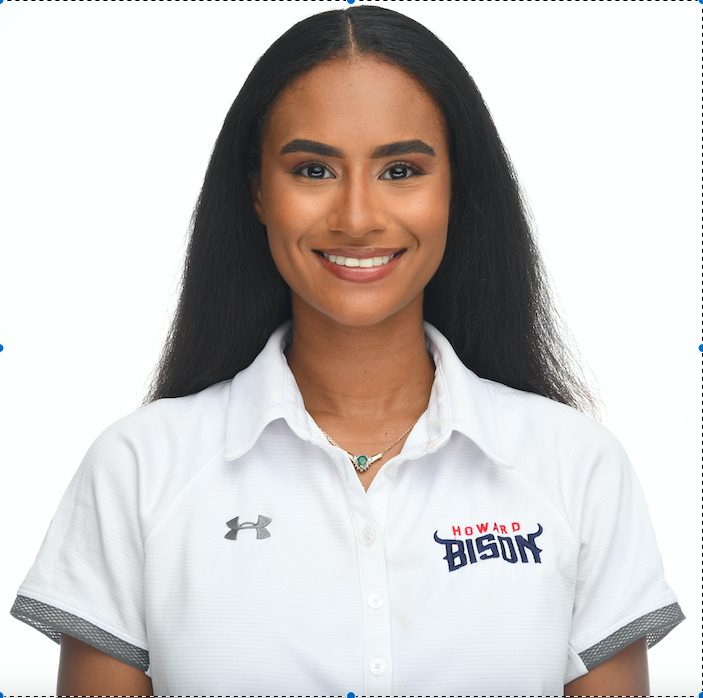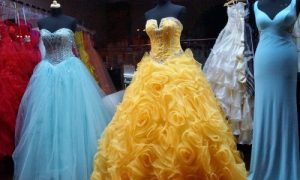Critical race theory is not a new concept, yet its appearance in primary and secondary-school curricula has sparked uproar across the country, including calls to ban a variety of books from libraries. Ironically, though, those bans are a boon for some booksellers.
Journalists such as Nikole Hannah-Jones, the author of the Pulitzer Prize winning book “The 1619 Project,” is a frequent target of CRT critics due to her book’s core argument that race and slavery should be central to an accurate historical narrative of the United States. The dispute over CRT has led to a backlash: nearly half of the U.S. states have banned books covering racism according to World Population Review.
What is CRT?
Even the definition of “Critical Race Theory” is disputed, with advocates like Columbia Law School Professor Kimberlé W. Crenshaw saying it simply addresses the lack of context on race and slavery in history lessons, and that the teachings of racial discrimination and examples of white supremacy for centuries need to be taught in more academic settings and in earlier grade levels.
“The point of critical race theory was originally to think and talk about how law contributed to the subordinate status of African Americans, indigenous people and an entire group of people who were coming to our shores from Asia.” Crenshaw explained on TheReidOut on MSNBC.
Crenshaw, the executive director of the African American Policy Forum, and three other scholars hosted and attended meetings in 1989 discussing racism; they continued to research the theory’s origins from a decade prior in order to compose their book, “Words That Wound: Critical Race Theory, Assaultive Speech and the First Amendment.”
Opponents such as Republican Sen. Ted Cruz see CRT as one-sided and has been quoted as saying that CRT is “bigoted” and “every bit as racist as the klansman in white sheets.” He is not alone in these beliefs. Former Arizona school board member Tom Horne believes “critical race theory propagandizes students with false history.”
Such claims and beliefs have fueled a country-wide effort to ban books in schools and libraries. These bans have real economic implications.
What happens to the books?
Businesses such as Changing Hands Bookstore pride themselves on having recently challenged books because of the desire to read something that is starting conversations. Luckily, since they’re private, no one can control what books are in their store.
Changing Hands CEO, Cindy Dach, has always included books about racial/ethnic experiences, LGBTQ characters and historical events no matter how much backlash her business receives. While her sales might not have been affected, it is very clear that the demand for challenged books has increased and her business contributes to that.
The NPD group said, “Noted by the American Library Association as having the most challenges in the U.S., “Gender Queer: A Memoir,” by Maia Kolbabe, experienced significant growth after the controversy surrounding the book was covered in newspapers in May. With total U.S. print book sales volume of 25,000 units, sales spiked by 1,900 units (130% over prior week) for the week ending May 7, 2022.”
Book bannings are not just happening in schools; local libraries are being hit with the repercussions of the controversy which directly affects their business. In one case, members of a small Michigan town voted to defund their only local library for refusing to ban an LGBTQ+ book. Banning them in schools is one thing, but targeting public and private businesses is another.
“A library is a place of voluntary inquiry. That means when a student walks in, they’re not forced to check out a book that they or their parents find objectionable. But they also don’t have authority to say what books should or shouldn’t be available to other students.” Carolyn Foote, a retired school librarian in Austin, said.
The authors of banned books
The banning of racial literature such as “Beloved” and “The Bluest Eye” by Toni Morrison affects more than the parents who think it’s not a part of proper education and the students who are missing out on another perspective of history.
According to the American Library Association, the number of books receiving requests to be removed from schools and libraries between 2020 and 2021 increased by nearly 500 percent. In the Office for Intellectual Freedom’s list of the top 10 most challenged books, the majority of the books are written by authors of color or authors from the LGBT+ community.
Besides Morrison, trailblazers Ruby Bridges (Ruby Bridges Goes to School: My True Story), Tiffany Jackson (Monday’s Not Coming) and Ashley Hope Pérez (Out of Darkness), to name a few, have all been targeted for their literature. Many authors of color write these books because there was a lack of them growing up. But now that they’re becoming more widespread, it’s becoming an issue.
That’s why Dach wants her store and contributions to be inclusive to the communities that need books. She plans on working with a nonprofit to help distribute free books to schools and the public so they have some resources to widen their perspective. Administrators at the forefront of the book bans might have an agenda, but Dach sympathizes with the true victims of the debate: the youth.
“They’re hurting the future of kindness and humanity. If you don’t have critical thinking, how can you be kind to someone you don’t know?” Dach said.











